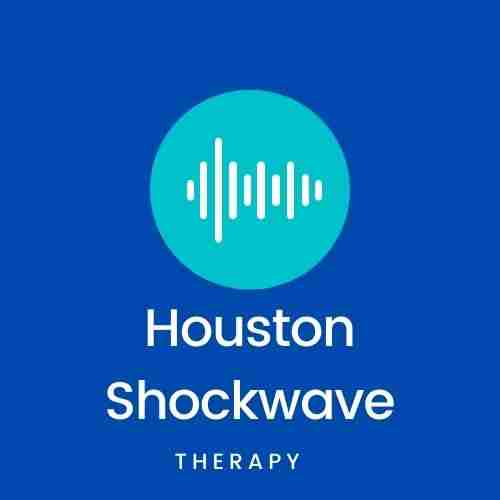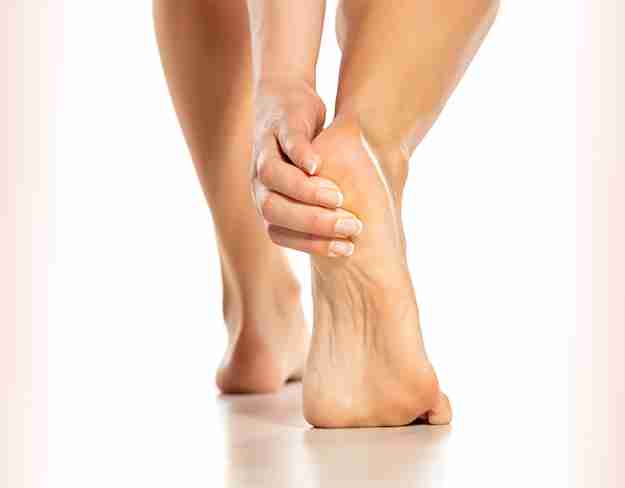Houston Shockwave Therapy
Healing for chronic and acute injuries
Achilles Tendinopathy
Pain Relief
Inflammation Reversal
Collagen Synthesis
Shockwave Therapy for Achille’s Tendinopathy
Welcome to Houston Shockwave, where we specialize in using shockwave therapy to treat Achilles tendinopathy. Achilles tendinopathy is a common injury that affects the Achilles tendon, which is the largest and strongest tendon in the body. It is a painful condition that can limit an athlete’s ability to perform, but with the right treatment, it is possible to make a full recovery.
At Houston Shockwave, we use advanced shockwave therapy to treat Achilles tendinopathy. Shockwave therapy is a non-invasive and effective treatment that uses high-frequency sound waves to stimulate the body’s natural healing process, reduce pain and inflammation, and promote the regeneration of damaged tissue.
Achilles tendinopathy is caused by repetitive strain on the Achilles tendon, which can cause microtrauma and degeneration of the tendon fibers. This can lead to pain, inflammation, and weakness in the Achilles tendon. Achilles tendinopathy can be caused by a variety of factors, including overuse, poor biomechanics, or an acute injury.
The symptoms of Achilles tendinopathy can range from mild to severe, depending on the severity of the injury. Mild cases may only cause minor discomfort or stiffness, while more severe cases can cause significant pain, swelling, and weakness in the Achilles tendon. In some cases, the pain may even be debilitating, making it difficult for the athlete to perform even basic activities.
At Houston Shockwave, we offer a safe and non-invasive treatment for Achilles tendinopathy. Shockwave therapy is a highly effective treatment that has been used successfully to treat a wide range of conditions, including Achilles tendinopathy.
During a shockwave therapy session, a handheld device is used to deliver high-frequency sound waves to the affected area. These sound waves penetrate deep into the tissue, stimulating the body’s natural healing process and promoting the regeneration of damaged tissue. The treatment is completely painless and typically takes only a few minutes to complete.
The benefits of shockwave therapy for Achilles tendinopathy include:
Non-invasive: Shockwave therapy is a non-invasive treatment that does not require surgery or injections.
Safe: Shockwave therapy is a safe and effective treatment that has been used successfully to treat a wide range of conditions.
Effective: Shockwave therapy has been shown to be highly effective in treating Achilles tendinopathy, with many patients experiencing significant pain relief and improved mobility after just a few sessions.
Quick and convenient: Shockwave therapy sessions typically last between 15 and 30 minutes, and patients can return to their normal activities immediately afterward.
Cost-effective: Shockwave therapy is a cost-effective alternative to more invasive treatments such as surgery or injections.
At Houston Shockwave, we have a team of experienced professionals who can help you determine if shockwave therapy is the best option for your specific needs. We will work with you to develop a personalized treatment plan that is tailored to your individual needs and goals.
Our team will also provide you with information and guidance on how to manage your symptoms and prevent further injury in the future. We believe that education is an important part of the healing process, and we are committed to helping our patients achieve optimal health and wellness.
If you are suffering from Achilles tendinopathy, shockwave therapy may be the right treatment for you. Contact Houston Shockwave today to schedule a consultation and learn more about how shockwave therapy can help you get back to a pain-free and active lifestyle. Don’t let Achilles tendinopathy hold you back any longer.

